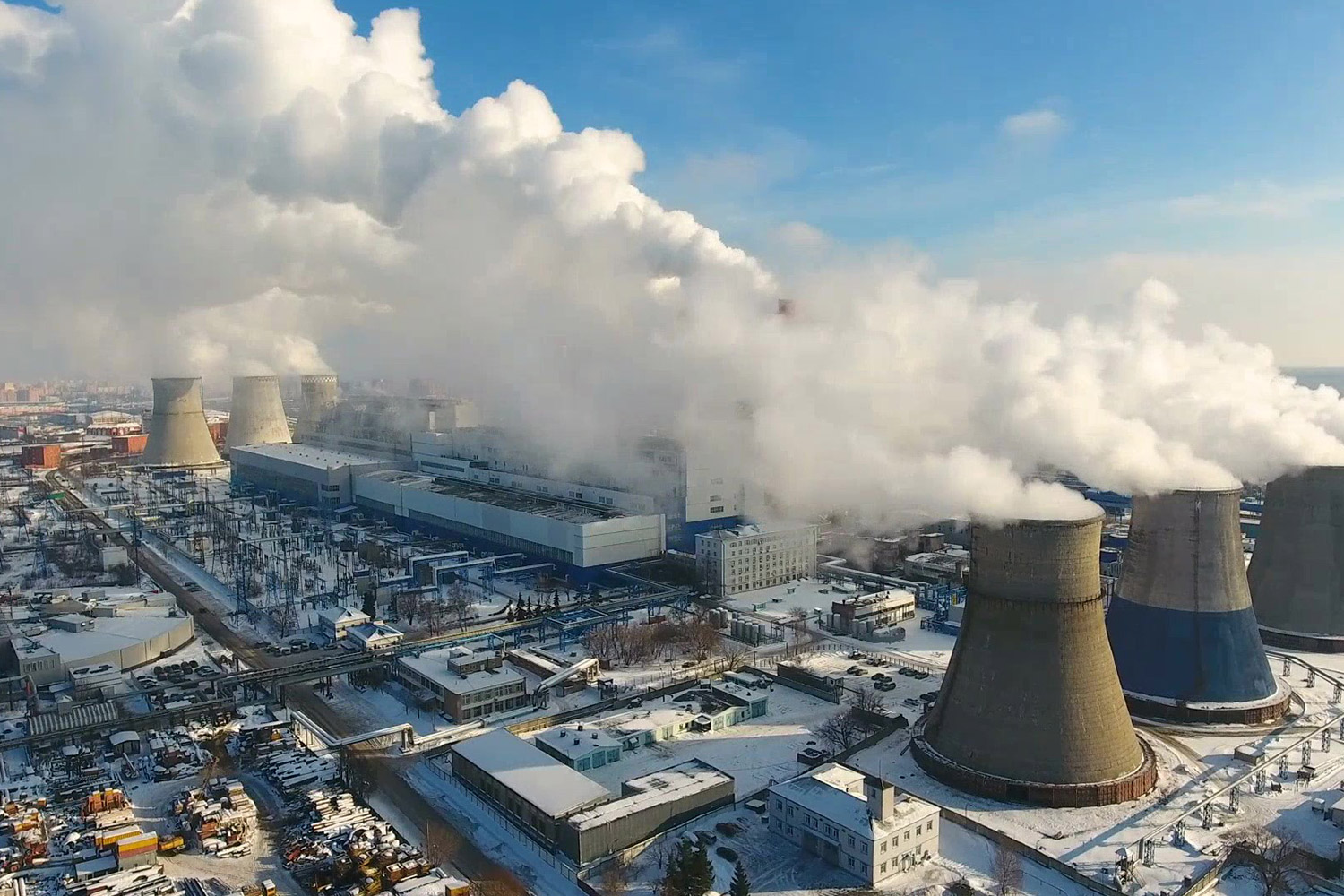Geodyn Solutions Green Ammonia: The Future of Fuel and Fertilizer
In the global quest to reduce carbon emissions and transition towards more sustainable practices, a new player has emerged on the scene – green ammonia.
Geodyn Solutions Green Ammonia: The Future of Fuel and Fertilizer
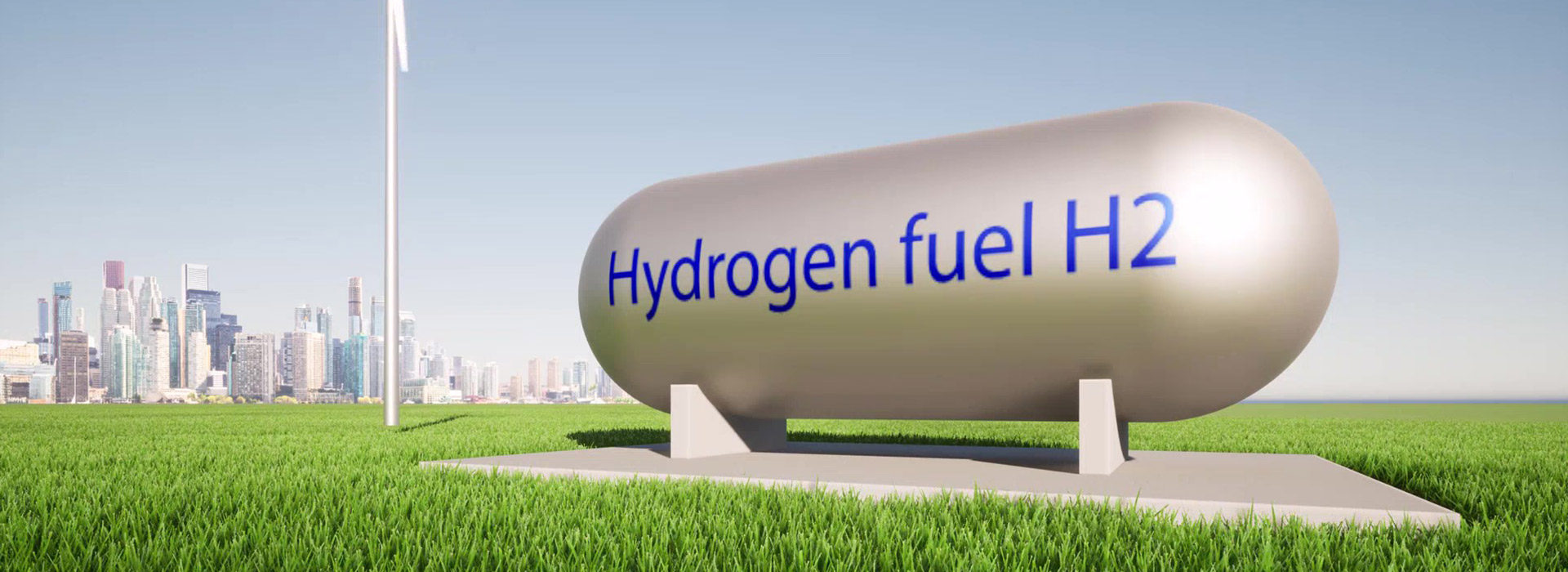
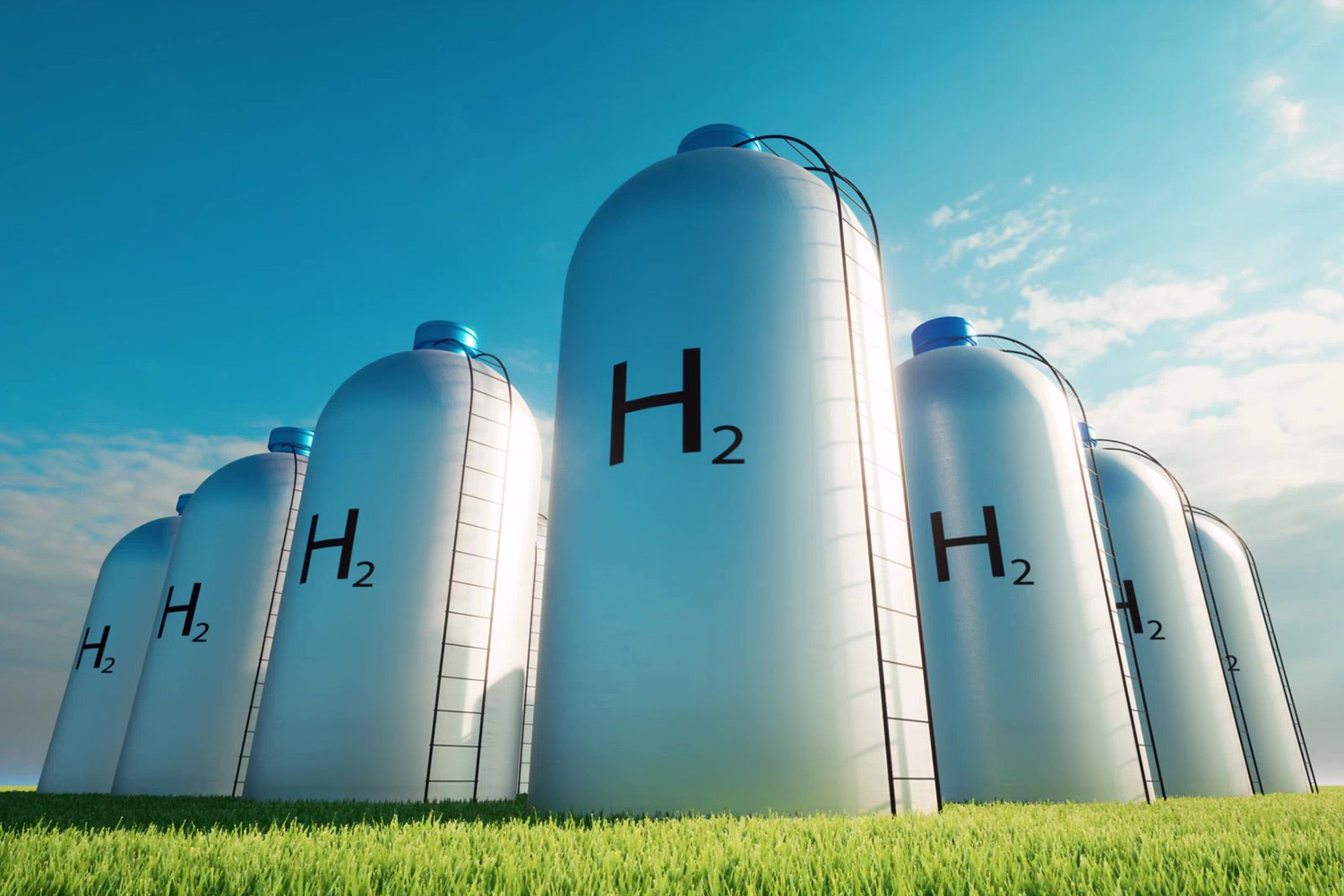
In the global quest to reduce carbon emissions and transition towards more sustainable practices, a new player has emerged on the scene – green ammonia. It’s been heralded as a game-changer for both the fuel and fertilizer industries, promising to revolutionize these sectors with its carbon-free production process and its potential as a clean, green energy source.
What is Geodyn Solutions Green Ammonia: The Future of Fuel and Fertilizer
In the global quest to reduce carbon emissions and transition towards more sustainable practices, a new player has emerged on the scene – green ammonia. It’s been heralded as a game-changer for both the fuel and fertilizer industries, promising to revolutionize these sectors with its carbon-free production process and its potential as a clean, green energy source.
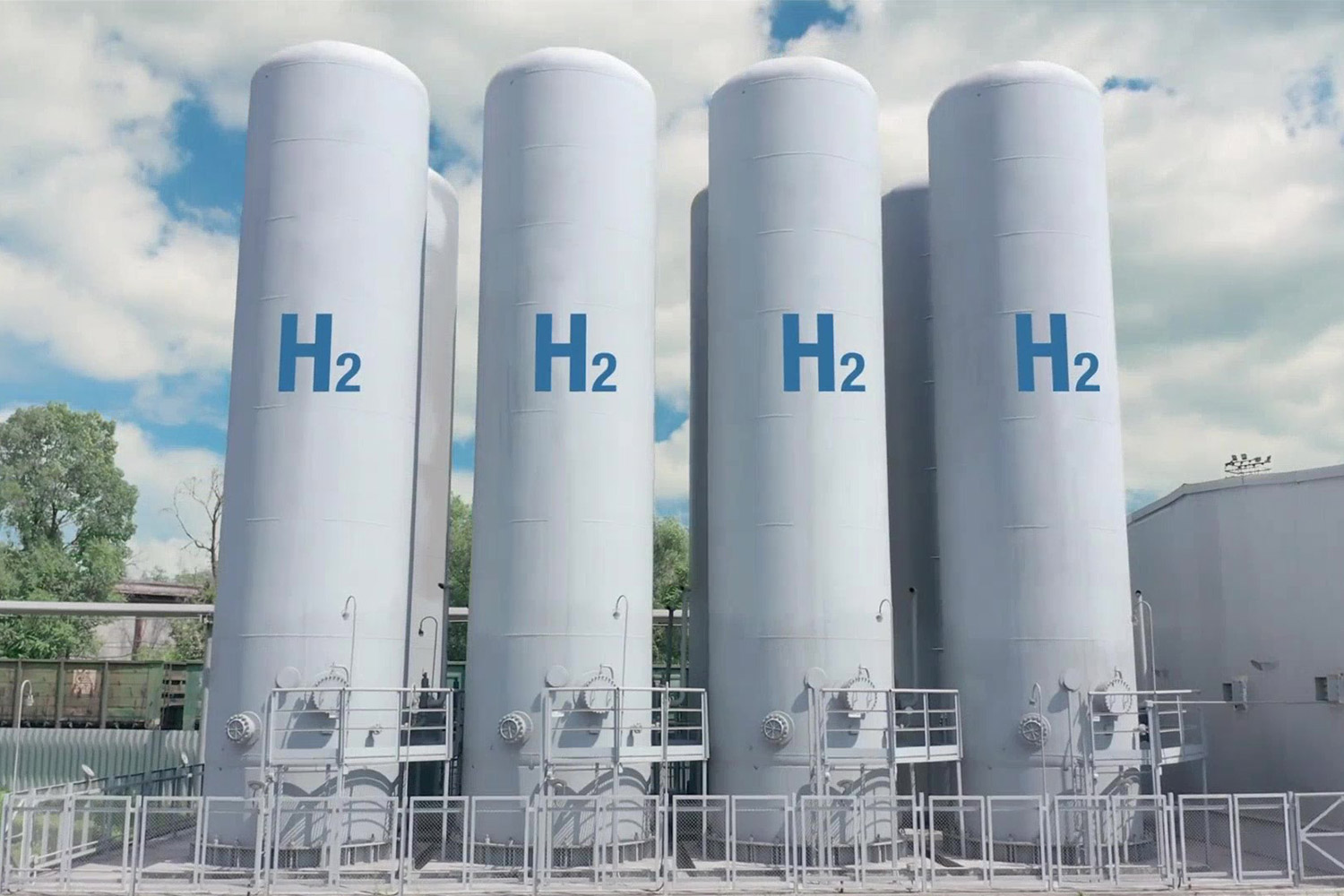
What is Green Ammonia?
Ammonia (NH3) is a compound consisting of nitrogen and hydrogen. Traditionally, it’s been produced through the Haber-Bosch process, an energy-intensive method that relies heavily on natural gas, resulting in a significant carbon footprint.
Green ammonia, on the other hand, uses renewable energy sources in its production process, specifically through the method of electrolysis. Using electricity generated by wind, solar, or other renewable sources, water is split into hydrogen and oxygen. The hydrogen is then combined with nitrogen (extracted from the air) to produce ammonia – a process that emits no carbon dioxide, hence the label ‘green’.
Green Ammonia as a Fuel
As the world continues to seek out alternative energy sources, green ammonia has gained attention for its potential as a carbon-free fuel. It can be used directly in certain types of internal combustion engines and fuel cells, or it can be cracked to release hydrogen, which can then be used in hydrogen fuel cells.
One of the key benefits of green ammonia is that it’s easier to store and transport than hydrogen, solving one of the significant challenges faced by hydrogen as a fuel source. Plus, it has a higher energy density than batteries, making it a potential game-changer for long-haul transport and aviation sectors, where carrying large batteries isn’t practical.
Green Ammonia in Agriculture
Ammonia is a crucial ingredient in the production of fertilizers, providing plants with the nitrogen they need to grow. Global food production is heavily reliant on ammonia-based fertilizers, but the traditional production process is a substantial contributor to greenhouse gas emissions.
The Road Ahead
Despite the promise of green ammonia, there are still challenges to be overcome. It’s currently more expensive to produce than conventional ammonia, which could limit its adoption in the short term. However, as the cost of renewable energy continues to fall, it’s expected that the economics of green ammonia will also improve.
Moreover, changes in infrastructure will be needed to facilitate the widespread use of green ammonia, both as a fuel and as a fertilizer. For it to become a primary energy source, we’ll need to develop new engines, fuel cells, and storage facilities.
The potential of green ammonia is immense, providing a pathway to a more sustainable future. As we continue to innovate and refine the technology, the role of green ammonia in our energy and agriculture sectors is set to increase. The journey to a low-carbon world is complex and challenging, but with green technologies like this, we’re moving in the right direction.
Outline our system for producing ammonia, which begins with the generation of hydrogen, followed by its synthesis into ammonia. Our setup is versatile, allowing us to focus solely on hydrogen production with the option to include storage facilities. Importantly, our system is designed to efficiently produce both hydrogen and ammonia.
Hydrogen Generation
1. Initiating Hydrogen Production: Our first step involves hydrogen production. We employ various technologies to extract hydrogen, depending on our objectives for efficiency, environmental impact, and cost.
2. Purification of Hydrogen: Following its generation, the hydrogen undergoes a purification process to eliminate impurities. This step ensures that the hydrogen is of the highest purity, which is critical for the efficient production of ammonia and to prevent damage to the catalyst.
3. Hydrogen Storage (Optional): We also have the capability to store the hydrogen. This involves either compressing the hydrogen gas for storage in high-pressure tanks or liquefying it for storage at low temperatures. This flexibility allows us to manage the hydrogen supply effectively, catering to either immediate use in ammonia production or for future requirements.
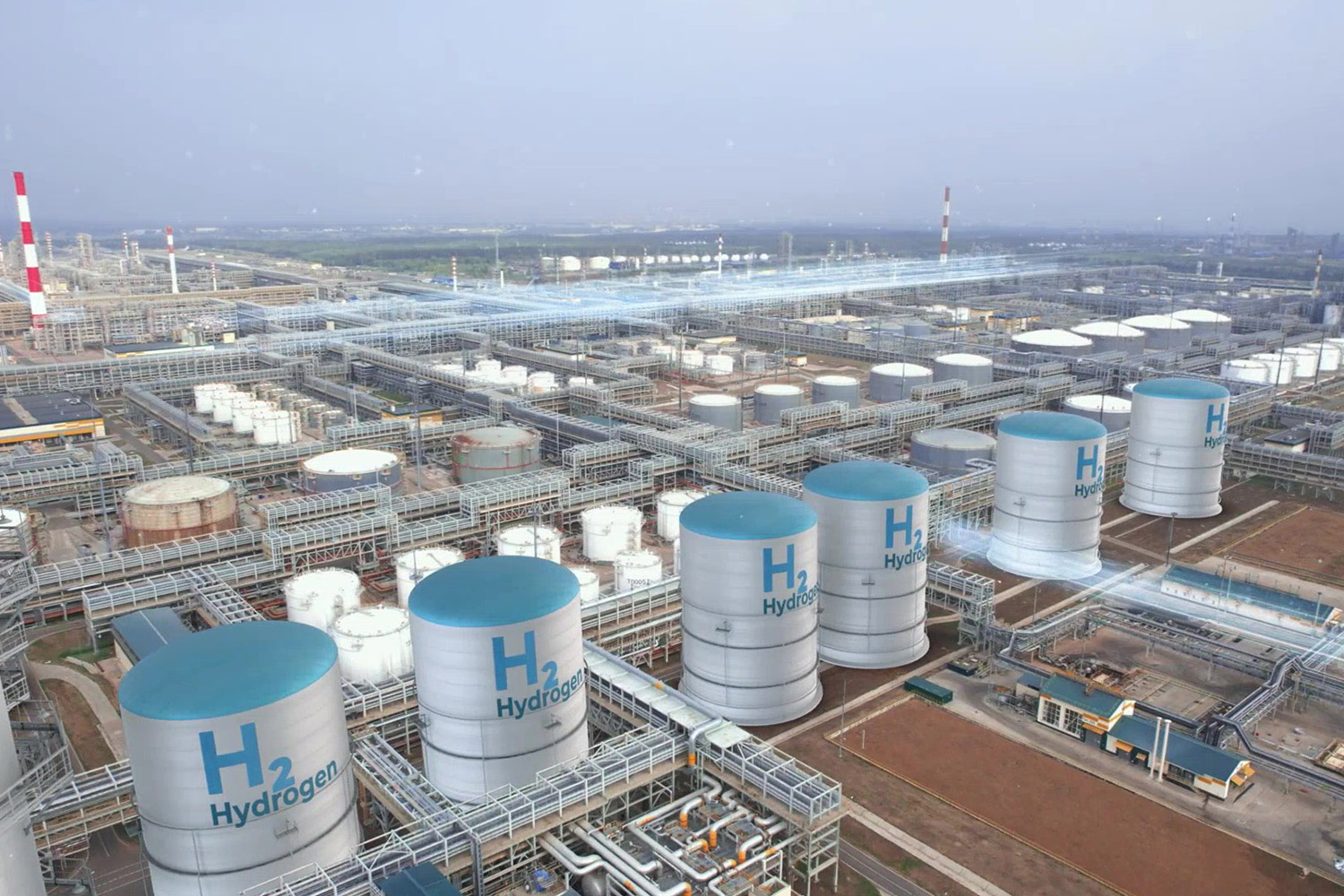
Ammonia Synthesis
4. Preparing Synthesis Gas: Prior to ammonia synthesis, we mix the purified hydrogen with nitrogen extracted from the air. This mixture, known as synthesis gas, is in the optimal ratio for ammonia synthesis, typically three parts hydrogen to one part nitrogen.
5. Ammonia Production Process: The synthesis gas is then fed into the ammonia synthesis loop, where it is subjected to high pressure and temperature in the presence of a catalyst, facilitating the reaction to produce ammonia. This process primarily uses the property method, converting nitrogen and hydrogen into ammonia.
6. Cooling and Separation: After the reaction, the mixture is cooled, allowing the ammonia to condense and be separated from the unreacted gases. The liquid ammonia is then ready for storage or further processing, while the unreacted gases are often recycled to enhance the overall efficiency and yield of the process.
7. Storage and Distribution of Ammonia: The ammonia is stored under pressure or in refrigerated conditions, depending on the scale and requirements of our operation. It is then available for distribution and use in a variety of applications, such as agricultural fertilizers or chemical manufacturing.
Our integrated system is thus capable of not only producing hydrogen but also synthesizing ammonia, with the added advantage of hydrogen storage to support flexibility and efficiency in our operations.
Revolutionizing Geothermal Energy Here’s how we’re making geothermal power plants more economical and efficient, setting new standards in the energy sector. Revolutionizing …
In the quest for sustainable and clean energy solutions, Geodyn Solutions stands at the forefront, championing the untapped potential of geothermal power. …
In the quest for sustainable energy solutions, geothermal energy stands out as a beacon of hope and innovation. Geodyn Solutions, a trailblazer …

